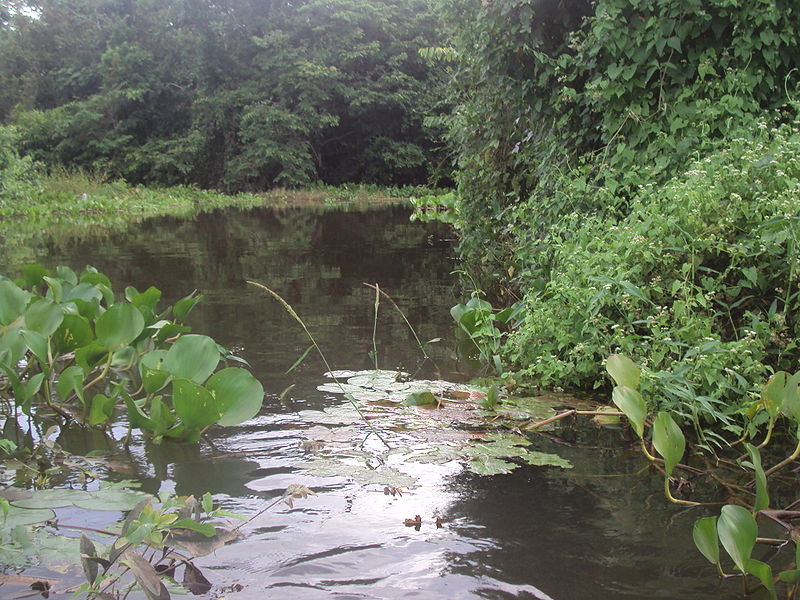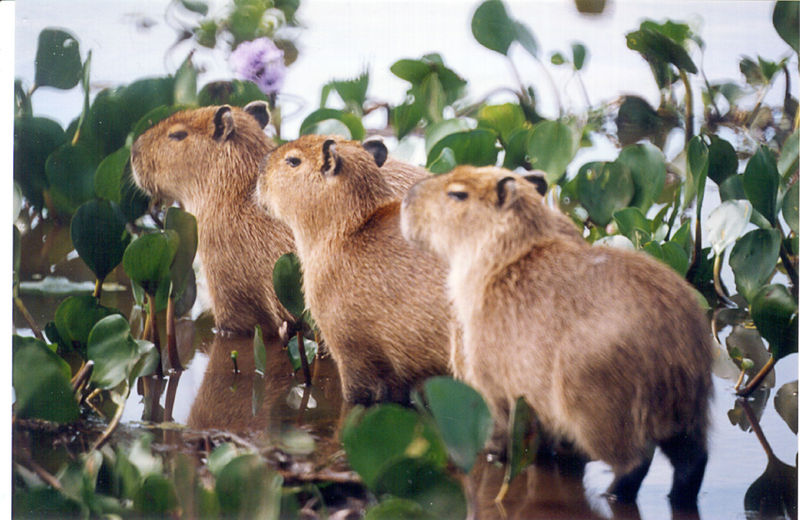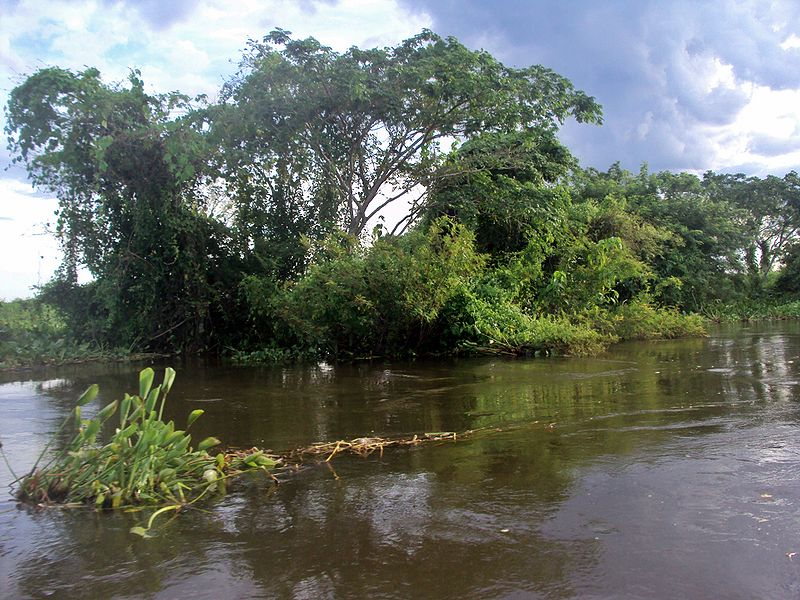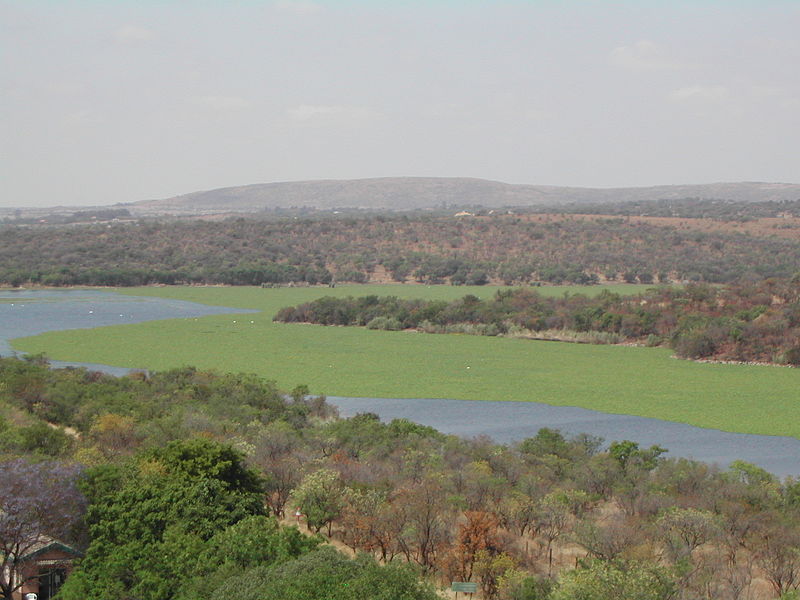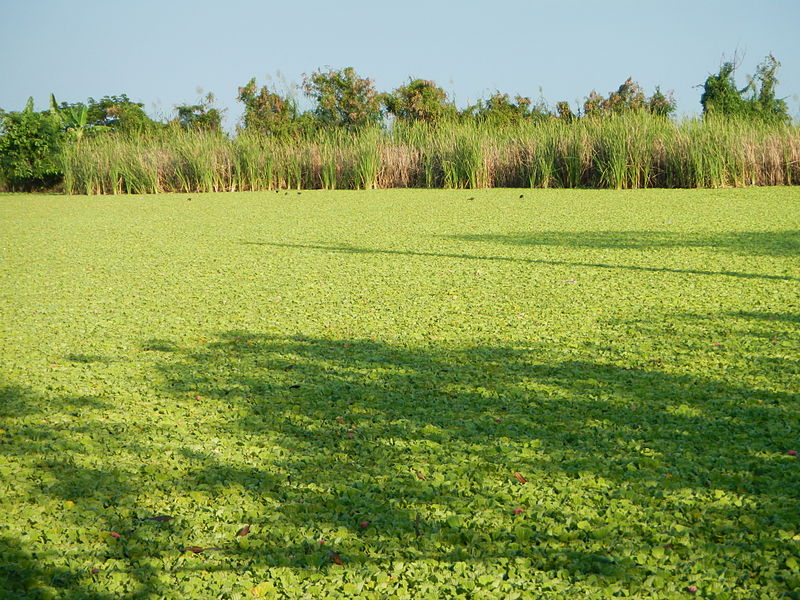Pantanal
In Brazil, in the southern part of the state of Mato Grosso, as well as the western side of Mato Grosso do Sul, there is the largest wetland area in the whole world, called the Pantanal. A small part of it also belongs to Bolivia and Paraguay. This is a protected area that is located on about 190,000 km2, located among the untouched nature of humanity, as well as a diverse world of animals. Pantanal Nature Reserve is located at an altitude of 50-70 meters above sea level.
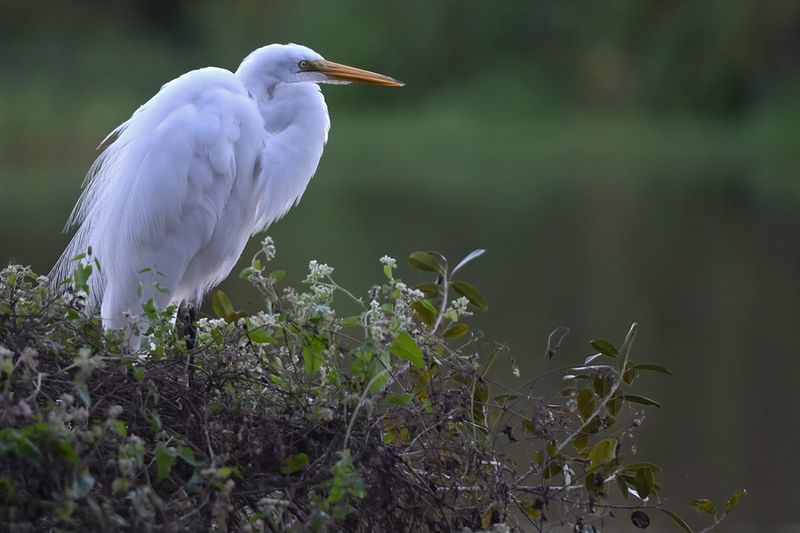
Pantanal is not just a virgin territory, it is also an ecologically clean edge of the world. The area has a rather contrasting appearance, depending on the time of year. In summer, the reserve transforms into a huge swampy lake, but in winter, when the dry climate prevails, the circumference takes on the character of overgrown marshes, lakes, and sandstones with grassy areas. The average annual temperature is at 24°C. About 1000 mm of precipitation falls here every year. precipitation.
In addition to the watery terrain, there are islands of green areas where Farms are successfully located, in which cattle are actively bred. There are also guest-type farms (Poustadas) where travelers can stay overnight.

When the rainy season ends, almost all of the Pantanal's water dries up, collecting in river channels and lagoons. It is in these places that fish accumulate, which are easy prey for birds. From more than one kilometer away, you can hear the sounds that are created by flocks of storks, cranes and herons that copulate here. There are simply a huge number of birds in this area, among which there are shrikes, parrots, and owls. Approximately 650 species of birds are represented on the lands of the Pantanal.
But there are many more birds, there are many butterflies, the variety of which cannot be counted. It is not difficult to see animals in the protected area, because here they feel calm and multiply quite well. But there are also those that are on the verge of extinction, their number is on the account of the state. In the reserve you can meet swamp deer, antlers, wolves, jaguars and many other interesting quadrupeds.
The flora of the Pantanal marshes is also impressive. This territory is richly endowed with a variety of shrubs, perennial herbaceous plants, including flowering ones. The Pantanal combines phytoraenes, which are represented by savannas and seasonal forests. During times of flooding of the territory, on the islands present, all plants rise, actively turn green, but during periods of drought they turn yellow and wither.
The Pantanal is also a biosphere reserve, which has been assigned to it by UNESCO.
Ecotourism and safaris (photographic) are very well developed on the territory of the reserve, which makes it possible for the normal development of the local economy, as well as job creation.
You can visit the Pantanal both during the rainy season and in dry weather, as you will see it differently at different times. Each season is characterized by its own attractions, but still in winter the animal world copulates at small reservoirs, where they can be safely viewed, and the road that leads here becomes more accessible.

